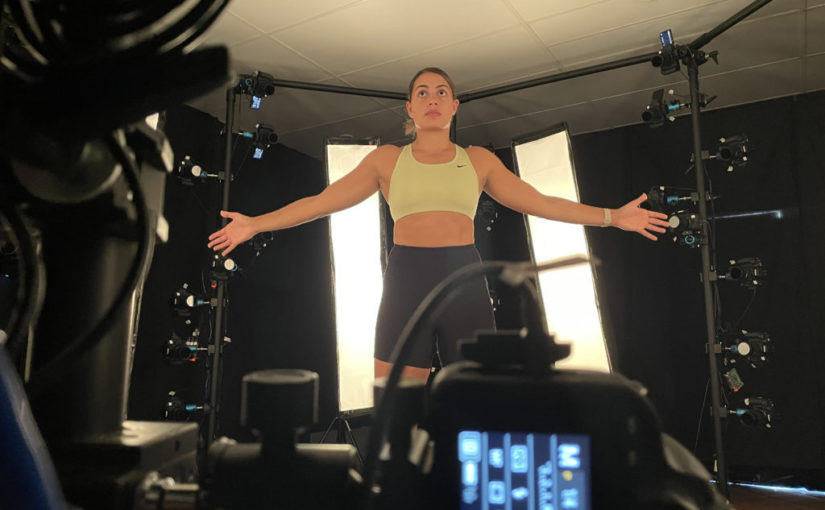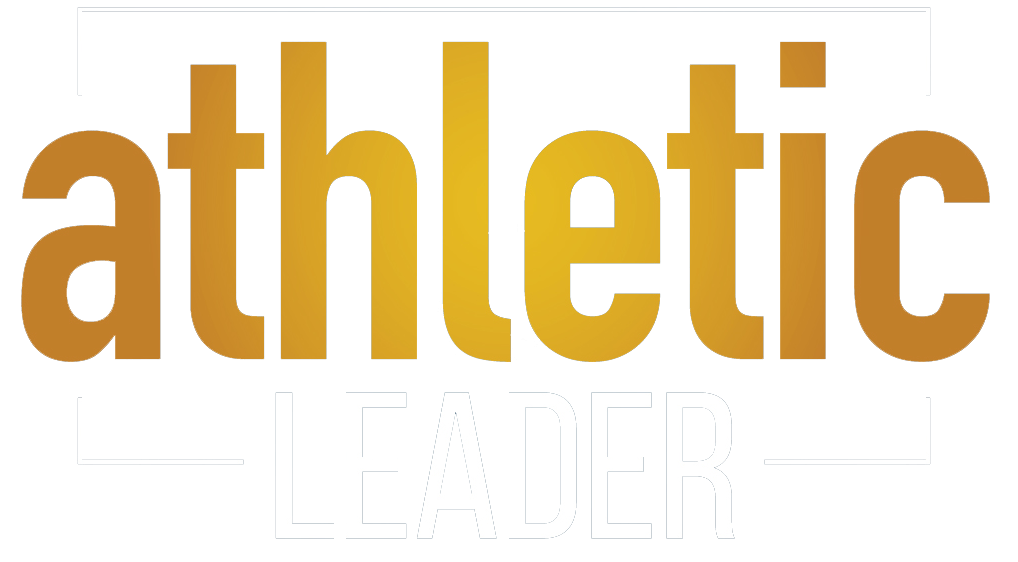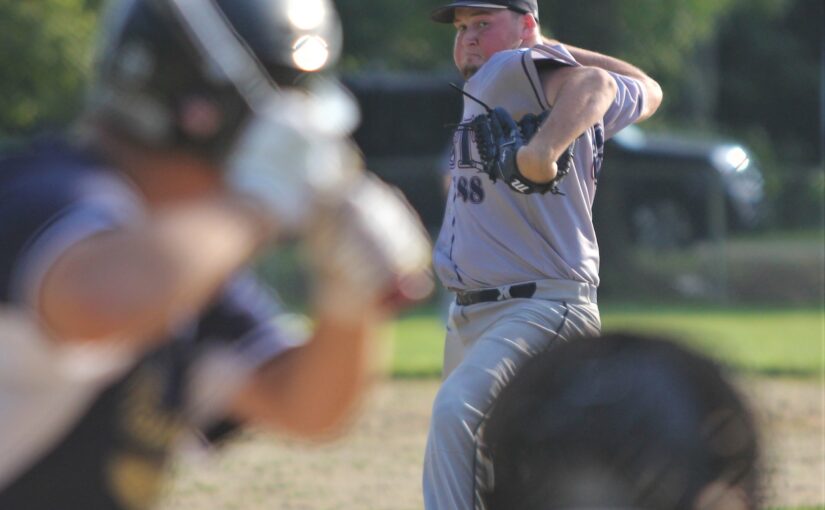Australian Athletes Making Most of Digital Technology in Training
Griffith University biomechanical researchers have produced what could be the ultimate coaching tool for elite sport, partnering with the film industry to create a next-generation ‘Digital Athlete’ that replicates an individual’s anatomy, both inside and out.With support from the Australian Institute of Sport (AIS) and the Queensland Academy of Sport (QAS), the prototype has been developed as a precise visualization tool to enable coaches and athletes to design highly personalized training, prevent injuries and customize rehabilitation.
 Griffith University biomechanical engineer Professor David Lloyd says the combination of big-budget film animation and their functional biomechanical model that replicates and predicts stresses and strains on internal tissues, is ideal for elite athlete preparation.
Griffith University biomechanical engineer Professor David Lloyd says the combination of big-budget film animation and their functional biomechanical model that replicates and predicts stresses and strains on internal tissues, is ideal for elite athlete preparation.
“The animated body model is extremely lifelike thanks to utilizing the latest in film scanning technology, but it is the level of accurate detail inside the body that makes the Digital Athlete so unique,” Professor Lloyd said.
“We’ve built the proof-of-principle Digital Athlete utilizing our platform technology – Personalised Digital Human –using 3D body scans, MRI, and motion capture data so we have a really detailed representation of the body shape, bones, joints, muscles, and other soft tissues in the daily performance environment.”
Australian basketballer Maddison Rocci said she was excited to be the inaugural model and see how she and her coaches could use it to analyze and refine her movements on the court as well as mitigate injury risk.
“It’s really important to have technology supporting athletes when they’re progressing in the sport. On the court, you don’t see what’s actually happening inside the body and the strains you might be putting on yourself. By having the Digital Athlete in place, that’s going to help a lot of athletes figure out what’s actually happening inside their body and put training programs in place.”
“The Digital Athlete allows us to understand the unique loading patterns on tissues in real-time during performance, for example, a side-step, which is both a common movement and cause of anterior cruciate ligament injuries in the knee,” Professor Lloyd said.
“This is never-before-seen capability is critical, because each athlete will experience different stresses due to their unique physiology, which we are accurately capturing so we can prevent injury and optimize performance.”
AIS CEO Peter Conde said the national body was keen to continue working with Griffith researchers to refine the technology and bring more elite athletes through the Digital Athlete process.
“Applied research, technology, and innovation are critical for the AIS so we can be on the frontiers of ethical sporting performance globally,” Mr. Conde said. “Strategic partnerships, like this one with Griffith University, are about utilizing the very best expertise Australian citizens have to offer and applying that innovation to the sport.
“Digital Athlete has the potential to be a powerful coaching and analytical tool that will provide elite athletes with state-of-the-art support and a customized training experience. This is about pioneering new opportunities and our international competition will no doubt be watching the progress with interest.”
Queensland Academy of Sport Chief Executive Chelsea Warr said she was excited by the opportunities and applying the learnings from using the technology with elite athletes to implement more refined training techniques and injury prevention.
“We have a long history of collaboration with Griffith University and are excited to be involved in this larger collaboration that includes the AIS and industry partners,” Ms. Warr said.
» ALSO SEE: Implant to Help Torn ACLS Heal Now Available
“The Digital Athlete is an excellent example of the future-focused thinking and turning ideas into action, that Queensland and Australia need to support our elite athletes, coaches, and high-performance staff to be successful on the world stage.”
Griffith Director of Sports Engagement and former Olympic gold medallist Duncan Free said the Digital Athlete development would be crucial to expanding the university’s support for sport, including a broader body of sports science research and programs to assist elite athletes as Southeast Queensland looks to progress its 2032 Olympics plans.
“With the Brisbane 2032 Olympics and Paralympics, Australian will be looking at new and innovative ways to train and prepare athletes smarter and with greater efficiency, and the Digital Athlete can be a tool to assist in doing so.”







